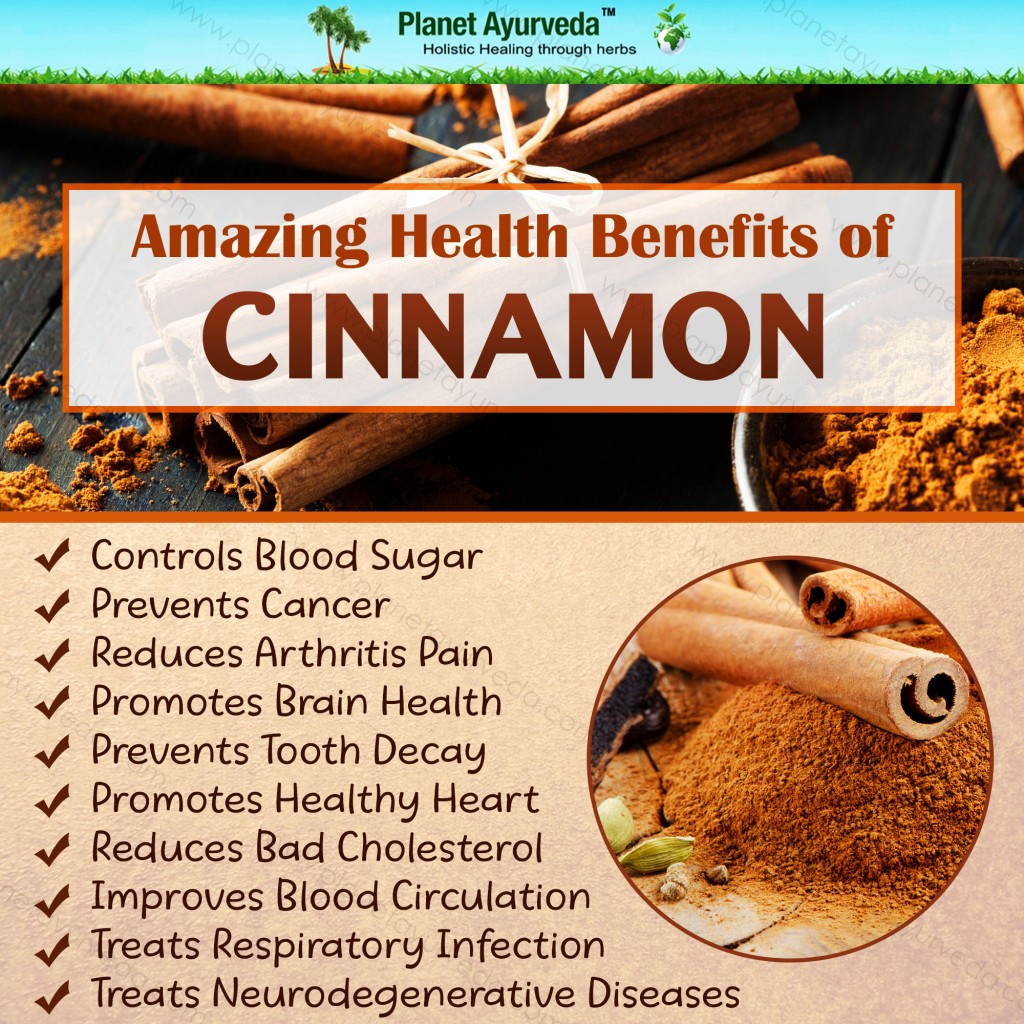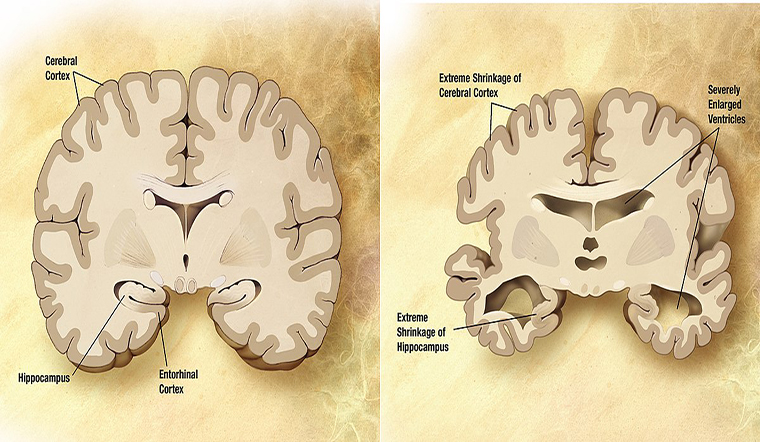What Dietary Changes Can Help You Manage Type 2 Diabetes
Introduction
Diabetes mellitus (DM), commonly known as diabetes, is a group of metabolic diseases which is characterized by an increase in blood sugar levels over a long period of time.
Types of Diabetes mellitus (DM)
There are two main types of diabetes mellitus:
- Type 1 Diabetes mellitus
- Type 2 Diabetes mellitus
Type 1 Diabetes mellitus
- Type 1 diabetes is a chronic condition which occurs because the insulin-producing cells (beta cells) of the pancreas are damaged and produces little or no insulin. It is the most common type of diabetes in people who are under age 30, but it may occur at any age. 10% of people having diabetes are diagnosed with type 1 diabetes.
Type 2 Diabetes mellitus
- Type 2 Diabetes mellitus is a chronic condition that affects the process of the body which metabolizes the sugar (glucose). It starts with insulin resistance, in which beta cells do not respond to insulin properly.
Sign and symptoms of Type 2 Diabetes mellitus
- Frequent urination
- Increased
- Increased hunger
- Feeling very tired
- Blurry vision
- Slow healing of cuts and wounds
- Tingling, numbness, or pain in the hands or feet
- Patches of dark skin
- Itching and frequent infections (yeast infections)
- Increased thirst
- Unintended weight loss
Causes of Type 2 Diabetes mellitus
- Type 2 diabetes mellitus occurs when the body becomes insulin resistant or when the pancreas does not produce enough insulin. The exact reason for type 2 diabetes mellitus is not known. It may be triggered by genetics and environmental factors, like overweight and inactivity, family history, etc.


(Reference: CharakSamhitachikitsasthan Chapter-6 and shloka-6)
In this shloka, the prognosis of prameha (diabetes) is explained. The vitiated Vata, Pitta and Kaphadosha gets stored in the urinary bladder and affects the urine which can produce various types of symptoms associated with diabetes.
Dietary Changes Can help you to manage type 2 Diabetes
- A healthy diet helps you to protect your body from various diseases. So you need to make some dietary changes in your daily diet which helps to manage the type-2- diabetes.
Carbohydrates
- Carbohydrates in food provide energy to the body. But carbohydrates also raise your blood sugar level. Carbohydrates can be classified into complex carbohydrates and simple sugars.
- A complex carbohydrate is low glycemic loaded foods that can be a part of a type 2 diabetes diet plan. The complex carbohydrate contain additional nutrients such as fiber, vitamins smaller amounts of proteins and fats which helps to lower the blood sugar level.
- Foods rich in complex carbohydrate are brown rice, whole wheat, quinoa, steel-cut oatmeal, vegetables, fruits, beans, lentils.
Grains
- Whole grains are good sources of fiber and nutrients such as brown rice, quinoa, and oatmeal. They reduce the glycemic load. Whole grains are unprocessed but refined grains can be processed /milled to remove the bran and germ. For example white flour, white bread, de-germed cornmeal, and white rice.
Proteins
- Protein has little effect on blood sugar level. Protein not only maintains blood sugar level but also helps with sugar cravings in patients of diabetes. You can get protein from both animal or plant sources. But, animal sources are considered as the sources of unhealthy saturated fats.
- Foods that include good protein are beans, legumes, eggs, fish and seafood, organic dairy products, peas, tofu and soya foods, lean meats such as chicken and turkey.
Vegetables
Add fresh or frozen vegetables (without added sauces, fats, or salt) in your diet. Take at least 2½ to 3 cups or 450 to 550 grams vegetables a day.
Non-starchy vegetables:
- It includes dark green and deep yellow vegetables, such as cucumber, spinach, chard, broccoli, cabbage, and bell peppers.
Starchy vegetables:
- It includes corn, lima beans, green peas, carrots, yams, and taro.
Fruits
- You can eat fresh, frozen (without added sugar or syrup), or unsweetened dried fruits. It includes apples, berries, bananas, cherries, fruit cocktail, melon, grapes, oranges, peaches, pears, pineapple, papaya, and raisins. You can also drink juices that contain 100% of fruit without any added sweeteners or syrups. Consume at least 240 to 320 grams of fruits per day.
Dairy products
- Always choose low-fat milk products. Total dairy and low-fat milk products reduce risk of type 2 diabetes. For example milk, yogurt, and cheese, they do not include any added sugar.
- Some non-fat dairy products contain a lot of added sugar. So always read the label before purchasing non- fat dairy products.
Five superfoods for Type-2- diabetic patients
Chia seeds
- Chia seeds contain fiber, protein, and omega-3 fatty acids. Chia lowers down the glycemic load of any meal, improves hunger satisfaction (satiety), and balance the blood sugar level. You can add Chia with almond milk, cocoa, and a low-glycemic index sweetener such as agave or stevia to make a healthy pudding. Which helps with sugar craving in diabetic patients.
Wild salmon
- Salmon is considered as a great source of anti-inflammatory omega-3 fatty acid. It is a type 2 diabetes superfood. Wild salmon in our diet reduces inflammation, lower triglycerides, prevents obesity and manage blood glucose levels.
White balsamic vinegar
- Vinegar helps to reduce gastric emptying, which shows beneficial effects in people with type 2 diabetes. This reduces the release of glucose into the bloodstream. Vinegar also increases hunger satisfaction, if you eat vinaigrette salad with your meal.
Cinnamon
- Cinnamon lowers blood glucose in patients with type 2 diabetes. One teaspoon of cinnamon per day is beneficial for diabetic patient. Cinnamon lowers both fasting and after meals blood sugar levels.
Lentils
- Lentils are the superfood for type-2-diabetic patients. They contain important vitamins, great protein, and lots of fiber. Lentils are rich in iron, vitamin B such as folate, balanced protein and complex carbohydrate (high in fiber), and also very versatile to cook.
- The green and brown lentils stay firm when cooked and you can eat it as a salad. orange ones become soft when cooked and we can add them in Indian soups, curries, and dal.
Foods should be avoided in type 2 diabetic patient’s diet.
The food is restricted in Type 2 diabetic patient included unhealthy foods such as:
- Processed carbs (white bread, pasta, chips, saltines)
- Refined sugars (donuts, pastries, cakes, cookies, scones, sweets, candy)
- Sodas: Both diet soda and sugar-sweetened regular soda can raise the blood sugar level.
- High-fat dairy products: It includes whole milk, cream, ice cream, cheese.
- High-fat animal products: It includes red meat, fatty cuts of pork, sausage, bacon.
- Artificial sweeteners: These are mainly found in processed foods.
- High fructose corn syrup: It is mainly found in candy, soda, packaged convenience food.
- Highly processed foods: It includes novelty sweets, chips, candies, kettle corn, cookies.
- Trans fats: It includes butter spreads, some mayonnaise spreads, some salad dressings, bakery goods, and packaged sauces.
Consumption of alcohol in Type-2- diabetic patients
- Moderate consumption of alcohol is allowed in Type-2- diabetic patients. Some research shows that two drink per day for men and one drink a day for women can reduce cardiovascular risk and doesn’t show any negative impact on diabetes. However, alcohol can reduce the blood sugar level and raise High-density lipoprotein (HDL) cholesterol which is known as good cholesterol.








